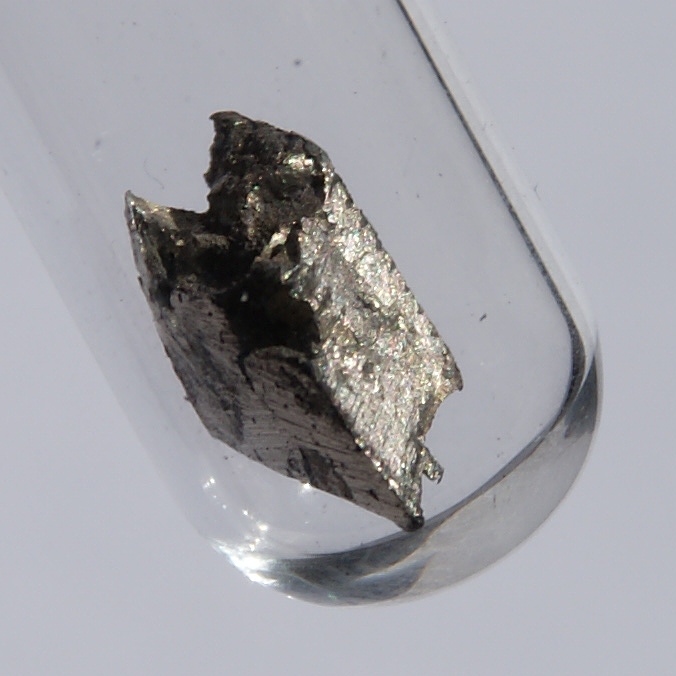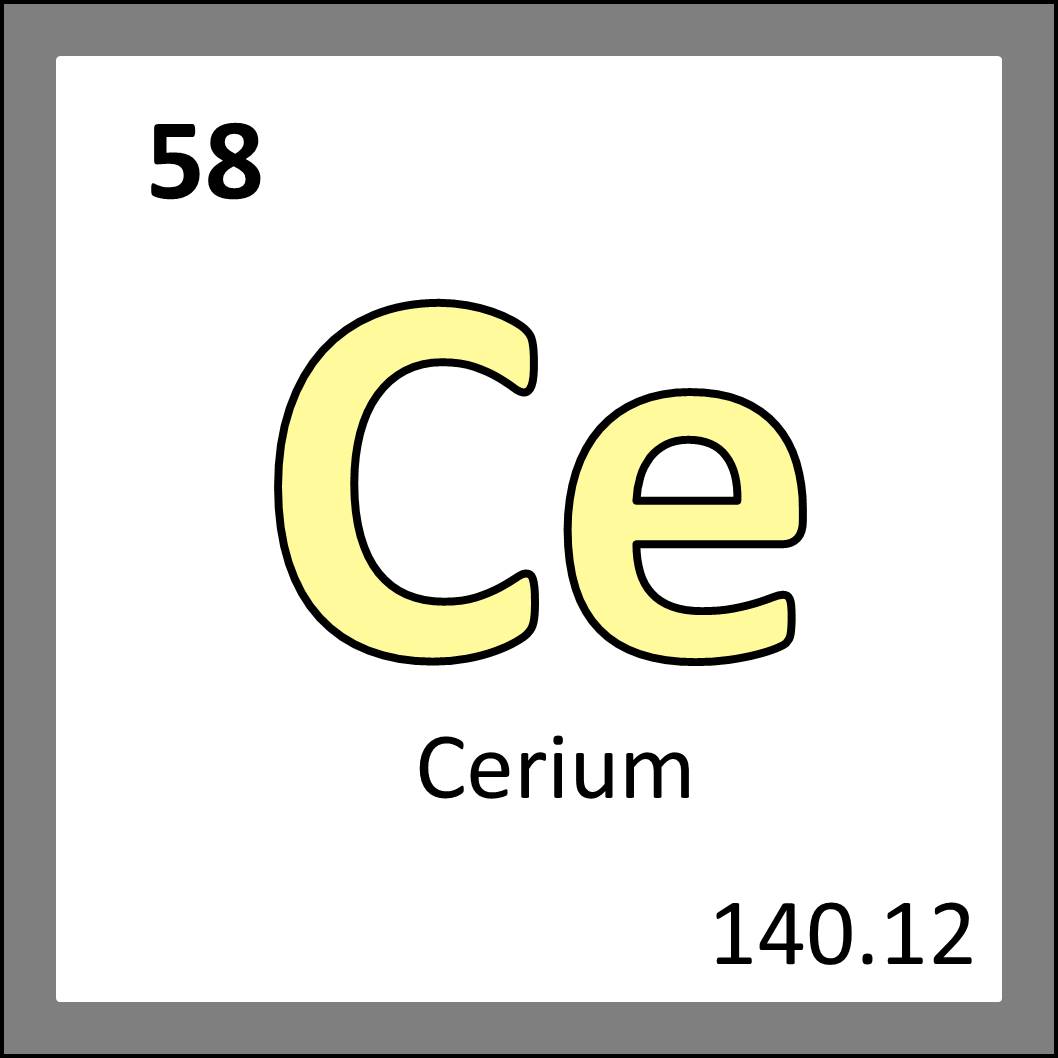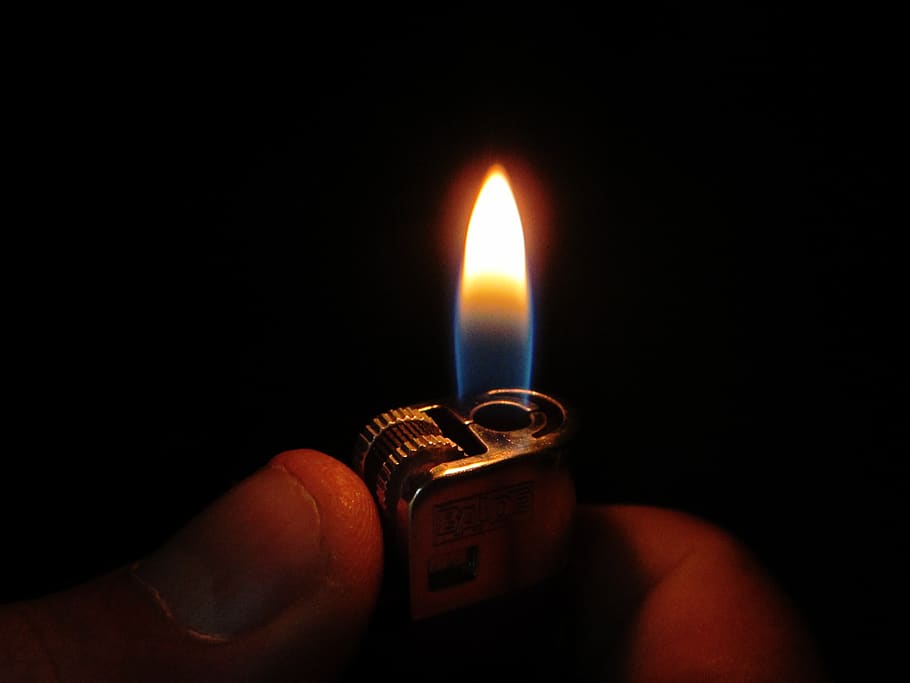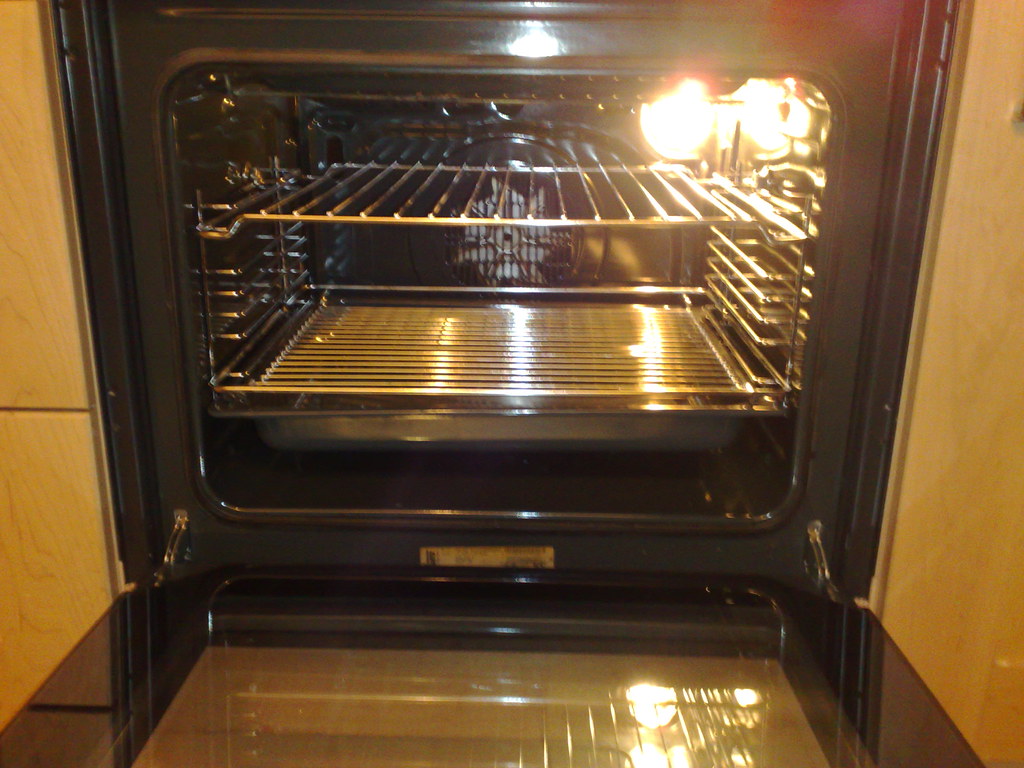


Clockwise from left: a lump of cerium in argon to stop it from tarnishing (from Wikimedia Commons), the largest asteroid in the solar system’s asteroid belt and dwarf planet Ceres (from Wikimedia Commons), cerium as it appears on the periodic table.
Today’s element is the first of the lanthanides: cerium! It’s uses are a bit limited as it tarnishes easily in air, reacts with water and burns readily when heated up, but we do have some uses for the silvery element.
Once again we have an element that was discovered twice independently, and we once again return to the countries of Sweden and Germany for the origin of cerium. Both discoveries came in 1803, with Swedish chemists Jöns Jakob Berzelius and Wilhelm Hisinger discovering the element in the mineral cerite (cerium silicate) that had been found in 1751, and the German Martin Klaproth finding out about the element at about the same time. Berzelius named the element cerium after the massive asteroid/dwarf planet Ceres, which was in turn named after the Roman goddess of agriculture and maternal relationships. The dwarf planet was hot off the press at the time, having been discovered in 1803.

Despite my damning of its properties, cerium does have some uses. It is a major part of the alloy mischmetal, which combines cerium with other lanthanide elements and a bit of iron. This alloy is pyrophoric, meaning it readily ignites in air at low temperatures, leading to mischmetal being a popular choice in cigarette lighters and torches. Mischmetal is also often used in the coating of steel wires to protect them from corrosion.

Cerium has a few more electronic applications. It is often added to the glass plates of televisions as it helps to prevent them from darkening due to constant electron bombardment, with a property called photostability. This photostability also makes cerium an important part of phosphors, compounds that emit light when exposed to radiation, and therefore feature in low-energy light bulbs and floodlights as well as flat-screen TVs.
A final exciting use of cerium is in what are known as self-cleaning ovens. These are ovens with a special setting known as pyrolytic cleaning, where the oven warms up to a massive 500°C. This burns any food residue inside the oven to ash, which can then be simply swept away. Cerium oxide is often used to coat the inner walls of these ovens, where it catalyses the oxidation of hydrocarbons (from food residue) when heated, effectively helping to clean the oven’s insides. A similar cerium oxide catalyst is also used in catalytic converters, a device on car exhausts that help combine oxygen with carbon monoxide fumes and hydrocarbons to produce the less dangerous carbon dioxide and water vapour.

And that’s cerium- the tarnishable, celestial self-cleaning element!

One thought on “Day 86: Cerium”